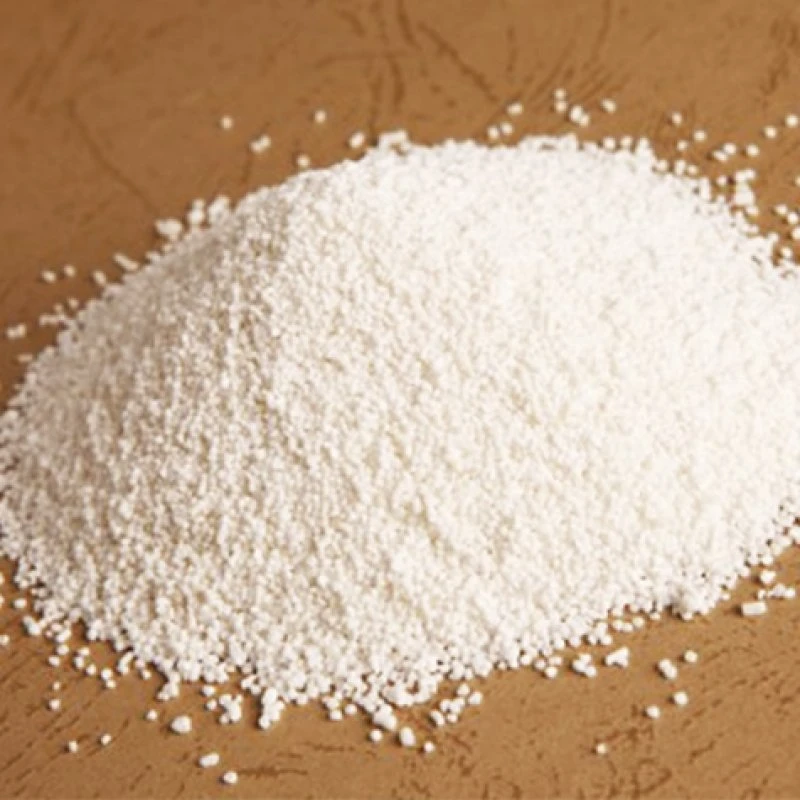



Applications and Benefits of Lead Oxide in Various Industries and Products
The Uses of Lead Oxide An Overview
Lead oxide, a compound with the formula PbO, comes in various forms, including red lead oxide (Pb3O4) and yellow lead oxide (PbO). Known for its versatility, lead oxide has found a multitude of applications across various industries due to its unique chemical properties. This article discusses some of the prominent uses of lead oxide, highlighting its significance in multiple fields.
1. Batteries
One of the most significant uses of lead oxide is in the manufacturing of lead-acid batteries, which are commonly employed in automotive and industrial applications. Lead dioxide (PbO2), a related form of lead oxide, serves as the positive electrode material in these batteries. The electrochemical properties of lead oxide allow for efficient energy storage and discharge, making lead-acid batteries reliable sources of power. Their relatively low cost, coupled with recycling capabilities, has ensured that lead-acid batteries remain a dominant technology in energy storage solutions.
2. Pigments and Paints
Lead oxide is also extensively used as a pigment in paints and coatings. Red lead oxide is particularly valued for its excellent covering power, durability, and corrosion resistance. It is commonly employed in marine paints, industrial coatings, and even in some artistic applications. The vibrant red hue provides not only aesthetic appeal but also enhances the protective quality of the coatings against environmental factors. However, due to health concerns associated with lead exposure, the use of lead oxide in paints has become heavily regulated in many countries.
In the glass and ceramics industry, lead oxide functions as a fluxing agent to lower the melting temperature of glass, improving its workability. Lead crystal glass, which contains lead oxide, is known for its brilliance and clarity, making it highly sought after for fine glassware and decorative items. The addition of lead oxide enhances the refractive index and weight of glass, contributing to its desirability. Similarly, in ceramics, lead oxide can improve the durability and finish of various products, although caution is exercised due to its toxicity.
lead oxide uses

4. Electronics
The electronics industry also utilizes lead oxide in the production of semiconductors and photovoltaic cells. Lead oxide can serve as a dielectric material due to its favorable electrical properties. It plays a role in various electronic components, contributing to the efficient functioning of devices such as capacitors and diodes. Additionally, research is ongoing into the use of lead oxide in advanced materials for more efficient solar panels, which could enhance the collection and conversion of solar energy.
5. Ceramic Glazes
Lead oxide is a key ingredient in many ceramic glazes, providing a glossy finish and promoting adhesion. The stable nature of lead oxide allows for a wide range of colors and textures in finished ceramic products. Despite its beneficial qualities, the use of lead oxide in glazes has raised significant health and environmental concerns, leading to stringent regulations in many regions. Consequently, manufacturers have been exploring alternative materials that provide similar aesthetic qualities without the associated risks.
6. Chemical Reactions and Laboratory Applications
In laboratory settings, lead oxide is used as a reagent and catalyst in various chemical reactions. Its ability to facilitate oxidation reactions makes it valuable in synthesizing a range of organic and inorganic compounds. Lead oxide contributes to processes in analytical chemistry, particularly for determining the presence of certain substances through colorimetric methods.
Conclusion
In conclusion, lead oxide serves numerous important functions across a variety of industries, from battery production and pigments to electronics and ceramics. Its unique properties have made it an invaluable material; however, the associated health risks of lead exposure cannot be ignored. As regulations regarding lead use become stricter, it is crucial for industries to innovate and seek safer alternatives. The future of lead oxide in manufacturing depends on finding a balance between leveraging its beneficial properties and ensuring environmental and human safety. With ongoing research, new applications may emerge that will continue to harness the benefits of this versatile compound while mitigating its risks.
-
Why Sodium Persulfate Is Everywhere NowNewsJul.07,2025
-
Why Polyacrylamide Is in High DemandNewsJul.07,2025
-
Understanding Paint Chemicals and Their ApplicationsNewsJul.07,2025
-
Smart Use Of Mining ChemicalsNewsJul.07,2025
-
Practical Uses of Potassium MonopersulfateNewsJul.07,2025
-
Agrochemicals In Real FarmingNewsJul.07,2025
-
Sodium Chlorite Hot UsesNewsJul.01,2025










